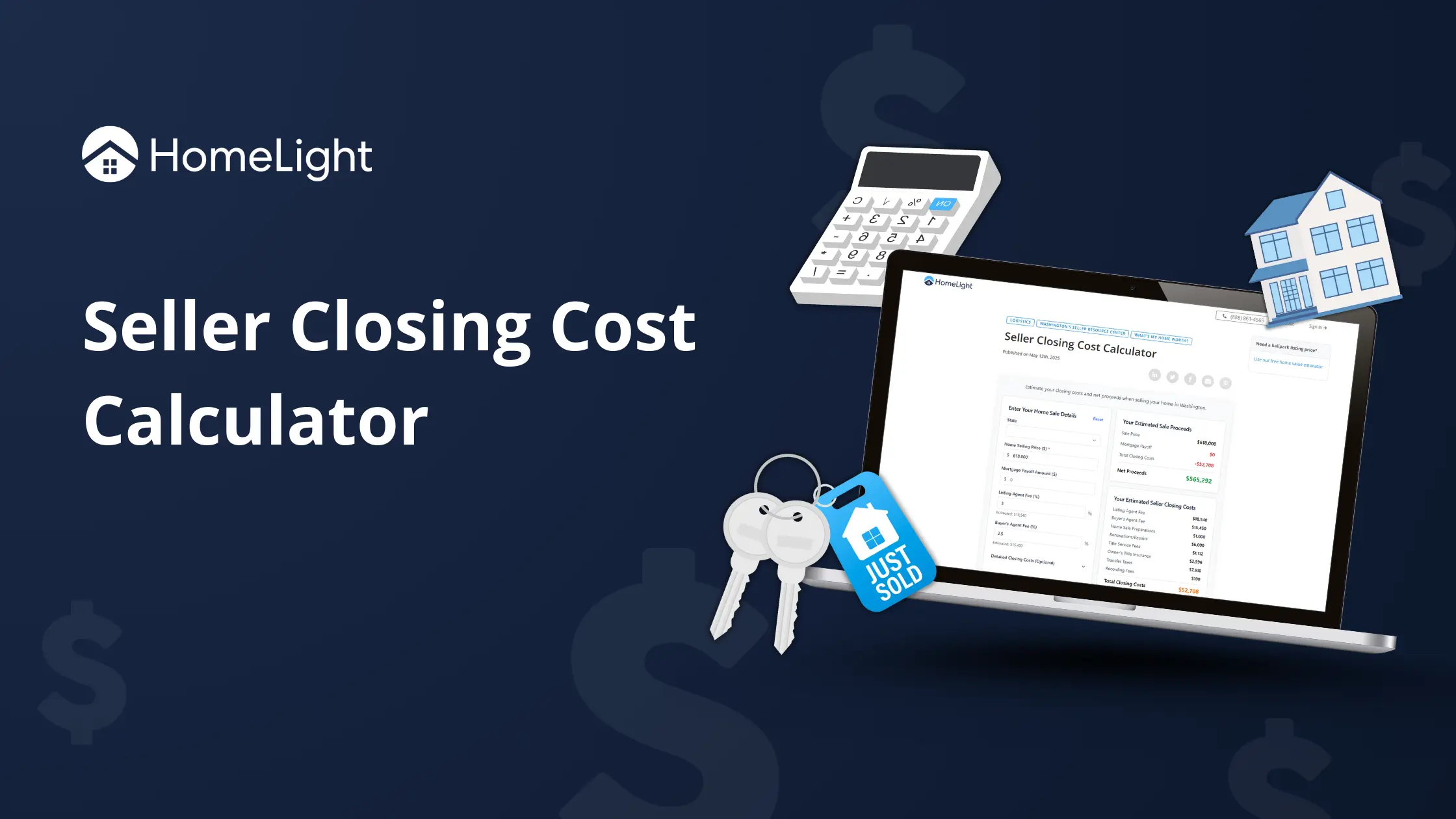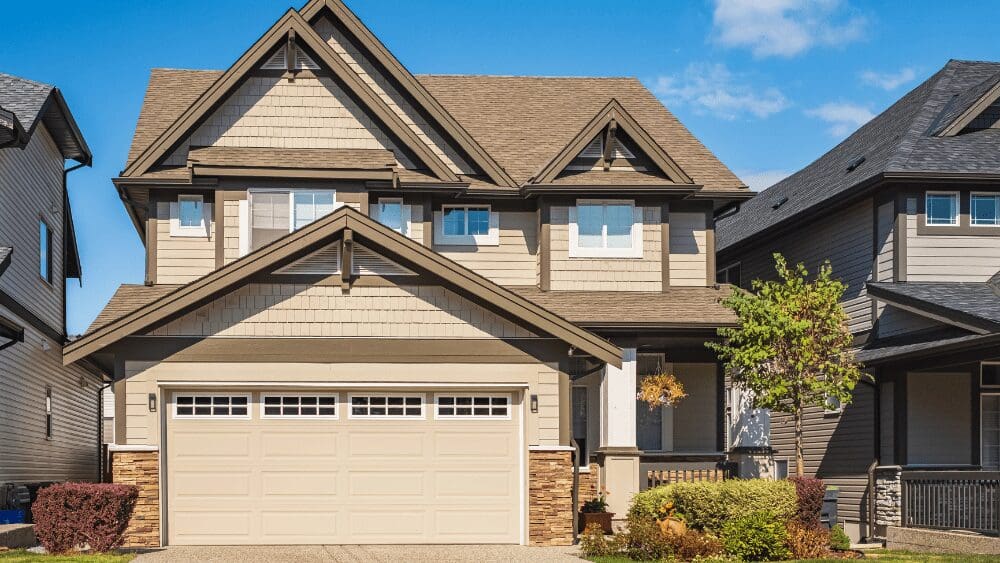
If you’ve been checking your home’s value on Zillow over the years, you’ve likely been pleased to watch it steadily increase. But lately, you may have noticed a decrease in the website’s famous “Zestimate” and found yourself asking, “Why is my home value dropping on Zillow?” You’re not alone; homeowners throughout the country are asking the same question. As would-be buyers and sellers wrestle with high interest rates, Zillow’s latest forecast indicates a 1.9% decline in home values this year. In this post, we’ll explain the gears behind Zillow’s Zestimate values and why they can sometimes turn backward.
Because you’ve been tracking your home’s value on Zillow, you’re already familiar with the Zestimate — Zillow’s estimated market value for a property. But how exactly is this number calculated? Zillow uses a proprietary algorithm powered by machine learning models and statistical analysis to generate Zestimates for over 116 million homes nationwide. These automated valuation models (AVMs) process hundreds of data points, including: The Zestimate is refreshed multiple times a week to reflect the latest available data. However, the model’s accuracy varies depending on how much reliable information Zillow has about your home and similar properties in your area. If your home’s Zestimate has recently decreased, it’s natural to wonder why. After all, for most homeowners, your house is your largest financial asset. A decrease can be alarming, especially if you are making plans to sell your home. Here are five key reasons your Zillow home value might be trending downward: Zillow frequently makes updates to its Zestimate model to improve accuracy. These changes might cause your home’s value estimate to rise or fall, even if nothing about your home has changed. Seasonal market shifts or new data points, like recent comparable sales, can also affect your estimate. Zillow updates Zestimates multiple times per week to reflect these kinds of changes. If Zillow doesn’t have a complete picture of your property, your Zestimate might not fully reflect its true value. For example, if you’ve remodeled your kitchen or added a bathroom, but those added-value updates aren’t included in your Zillow listing or local tax records, they won’t factor into the estimate. Claiming your home on Zillow and updating its features — like square footage, amenities, and upgrades — can help improve accuracy. Zillow’s algorithm treats listed homes differently from those off the market. When you list your home for sale, Zillow pulls in fresh data like your asking price, listing description, and comparable sales, which can cause your Zestimate to shift — sometimes up, sometimes down. Likewise, if your home comes off the market, Zillow stops factoring in listing data and relies more on historical records and public data, which may cause the estimate to drop. Zillow’s model compares your home to others in the area, sometimes across a wide region. If nearby homes are selling for less, especially homes similar in size or style, your Zestimate may reflect that shift. Even if your home has high-end finishes or unique features, the algorithm can miss these nuances without specific data. If your local market slowed down or shifted toward a buyer’s market, it’s likely your Zestimate adjusted to reflect softer demand. Factors like rising inventory, higher mortgage rates, or fewer buyers can all influence home values in your area, which in turn impacts your Zestimate. While Zestimates and other online estimates are useful for tracking trends, they aren’t a substitute for a professional opinion. A local real estate agent can provide a personalized comparative market analysis (CMA) that considers your home’s unique features and current buyer demand. Some homeowners may also consider paying for a pre-listing appraisal.How does a Zestimate work?
Why is my home value dropping on Zillow?
1. Zillow updated its algorithm or data sources
2. Your home is missing key details on Zillow
3. Your home transitioned from off-market to on-market
4. Nearby home sales are pulling prices down
5. The broader real estate market cooled



